- What is vertex rot?
- Causes and symptoms of vertex rot
- Causes:
- Symptoms:
- Importance of calcium for plants
- 1. Structural support:
- 2. Nutrient uptake:
- 3. Enzyme activation:
- 4. Cell division and elongation:
- 5. Disease resistance:
- Conclusion:
- Role of calcium in preventing vertex rot
- Types of calcium fertilisers
- 1. Calcium nitrate
- 2. Calcium carbonate
- 3. Gypsum
- 4. Calcium chelates
- 5. Organic sources of calcium
- How to apply calcium fertiliser
- Step 1: Determine the appropriate amount of calcium fertiliser
- Step 2: Choose the right type of calcium fertiliser
- Step 3: Prepare the soil for application
- Step 4: Apply the calcium fertiliser
- Step 5: Incorporate the fertiliser into the soil
- Step 6: Water the plants
- Step 7: Monitor the plants
- Step 8: Repeat application as needed
- Other methods to prevent vertex rot
- “Question-Answer”
- What is vertex rot?
- How can calcium fertiliser prevent vertex rot?
- What are the symptoms of vertex rot?
- Can vertex rot be caused by environmental factors?
- How often should I apply calcium fertiliser to prevent vertex rot?
- Are there any other methods to prevent vertex rot?
- Can vertex rot spread to other plants in the garden?
- “Video” EMERGENCY! 3 Fixes for Blossom End Rot || Black Gumbo
Vertex rot, also known as blossom end rot, is a common issue faced by gardeners when growing fruits and vegetables. It appears as a black, sunken area at the blossom end of the fruit, and can lead to the entire crop being lost if not addressed early on. One way to prevent vertex rot is by using calcium fertiliser.
Calcium is an essential nutrient for plants that helps with cell wall development and integrity. It plays a crucial role in preventing vertex rot by ensuring that the fruit develops properly and doesn’t experience any tissue breakdown.
Using a calcium fertiliser can help supply the plant with an adequate amount of calcium and prevent vertex rot from occurring. This is especially important in areas where the soil is deficient in calcium or has poor calcium availability.
There are various types of calcium fertilisers available on the market, including foliar sprays, water-soluble fertilisers, and slow-release granules. It’s important to choose a fertiliser that suits your specific needs and follow the application instructions carefully.
In conclusion, preventing vertex rot is crucial for a successful harvest. By supplying your plants with sufficient calcium through the use of fertilisers, you can ensure that your fruits and vegetables are healthy, free from rot, and of high quality. Take the necessary steps to protect your crops and enjoy a bountiful garden harvest.
What is vertex rot?
Vertex rot, also known as blossom-end rot, is a physiological disorder that affects the blossoms, fruit, and leaves of certain plants, particularly tomatoes, peppers, and eggplants. It is characterized by dark, sunken, and decaying areas appearing at the blossom end of the fruit.
The condition is caused by a calcium deficiency in the plant, which can be attributed to a number of factors such as inadequate calcium availability in the soil, inconsistent watering practices, high temperatures, and imbalanced nutrient levels.
When a plant lacks calcium, it results in weakened cell walls and impaired transportation of calcium to the growing fruits. This leads to the death of the cells at the blossom end, causing the characteristic rotting symptoms.
Vertex rot can significantly reduce the yield and quality of the affected crops. It is important for growers to take preventative measures to avoid the occurrence of this disorder.
One effective way to prevent vertex rot is through the use of calcium fertilisers. These fertilisers provide a readily available source of calcium to the plant, ensuring that it has an adequate supply for proper growth and development.
In addition to applying calcium fertilisers, other practices that can help prevent vertex rot include maintaining consistent and adequate moisture levels in the soil, avoiding over-fertilization with nitrogen, and monitoring and adjusting pH levels in the soil.
By implementing these preventative measures, growers can minimize the risk of vertex rot and ensure healthy, high-quality crops.
Causes and symptoms of vertex rot
Vertex rot is a common issue in plants that can be caused by various factors. Understanding the causes and symptoms of vertex rot is important in order to prevent or address this condition effectively.
Causes:
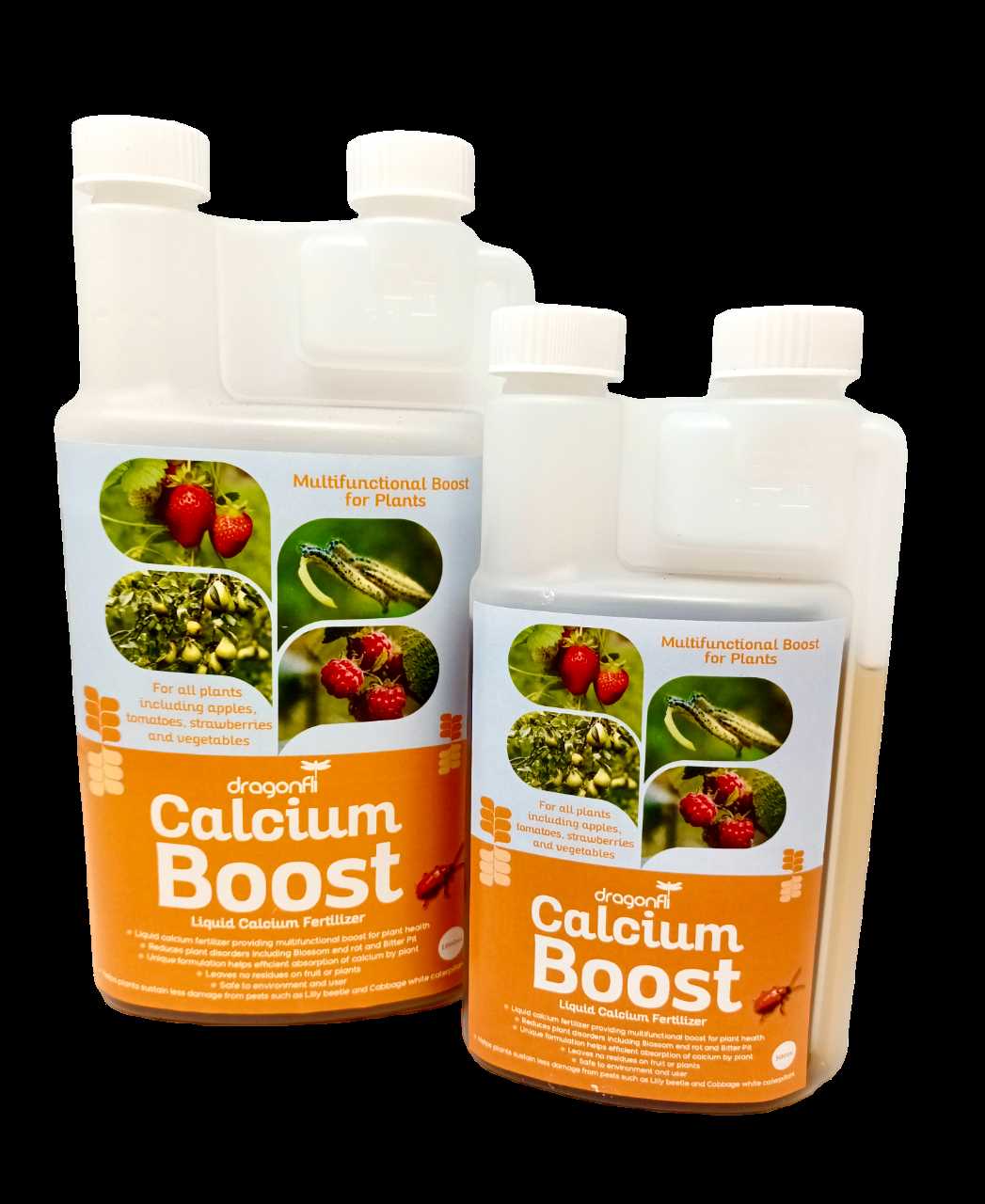
- Poor nutrient balance: Vertex rot can occur when there is an imbalance of nutrients, particularly calcium, in the plant. Inadequate calcium levels can weaken the cell walls, leading to the development of vertex rot.
- Environmental conditions: Extreme temperature fluctuations, high humidity, and improper airflow can contribute to the occurrence of vertex rot. Such conditions create an ideal environment for the growth and spread of pathogens that cause the rot.
- Fungal and bacterial infections: Certain fungi and bacteria can infect plants, leading to the development of vertex rot. These pathogens typically enter the plant through wounds or cracks in the stem, causing deterioration of the affected area.
Symptoms:
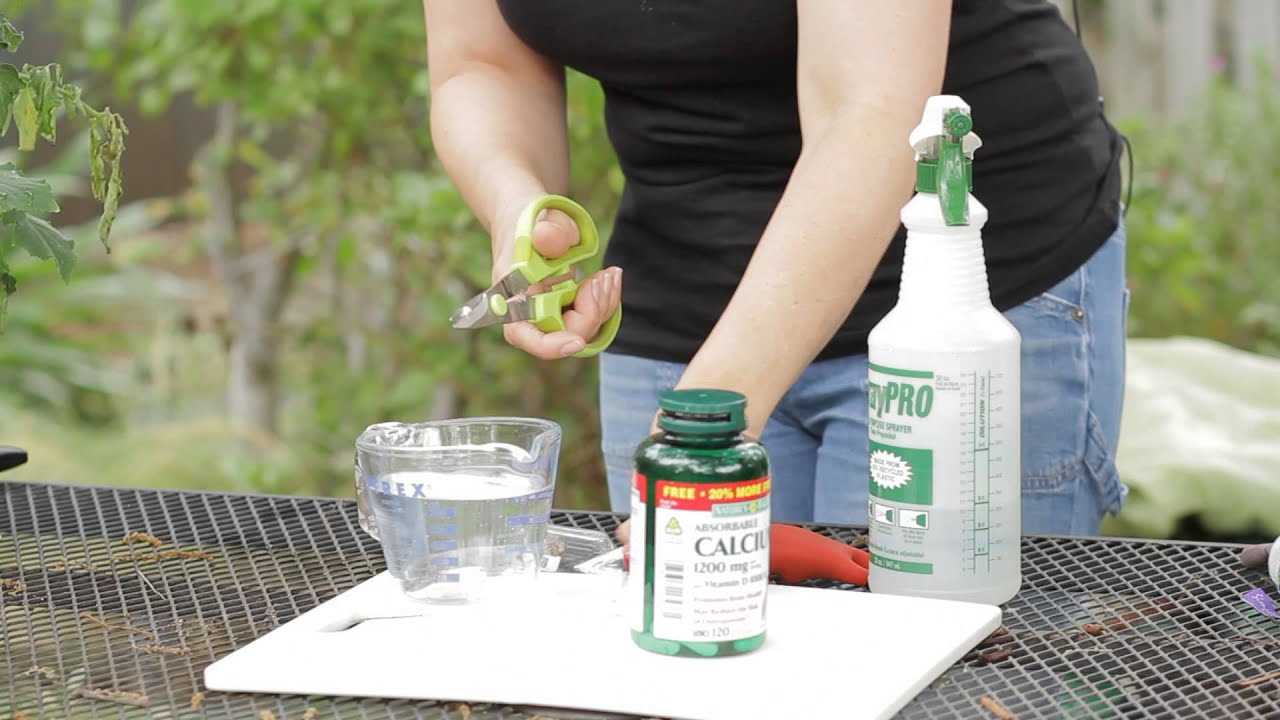
- Browning or darkening of the plant’s stem or crown: One of the initial symptoms of vertex rot is the appearance of brown or dark areas on the stem or crown. These areas may feel soft or mushy to the touch.
- Wilting or wilting leaves: As vertex rot progresses, affected plants may show signs of wilting or drooping leaves. This is often due to the inability of the weakened stem to supply nutrients and water to the rest of the plant effectively.
- Decay and discoloration of tissues: The affected tissues may show signs of decay, and the color may change to a darker shade. This is a result of the breakdown of the plant’s cells due to the infection and deterioration caused by the rot.
- Stunted growth and reduced yield: If vertex rot is left untreated, it can severely affect the overall growth and productivity of the plant. Plants may become stunted or produce fewer flowers or fruits than healthy plants.
Identifying the causes and symptoms of vertex rot can help gardeners and farmers take appropriate measures to prevent and manage this condition. Regular monitoring, proper nutrient management, and maintaining optimal environmental conditions can significantly reduce the risk of vertex rot in plants.
Importance of calcium for plants
Calcium is an essential mineral for the growth and development of plants. It plays a vital role in various physiological processes that are essential for the proper functioning of plants. In this article, we will discuss the importance of calcium for plants and its impact on their overall health.
1. Structural support:
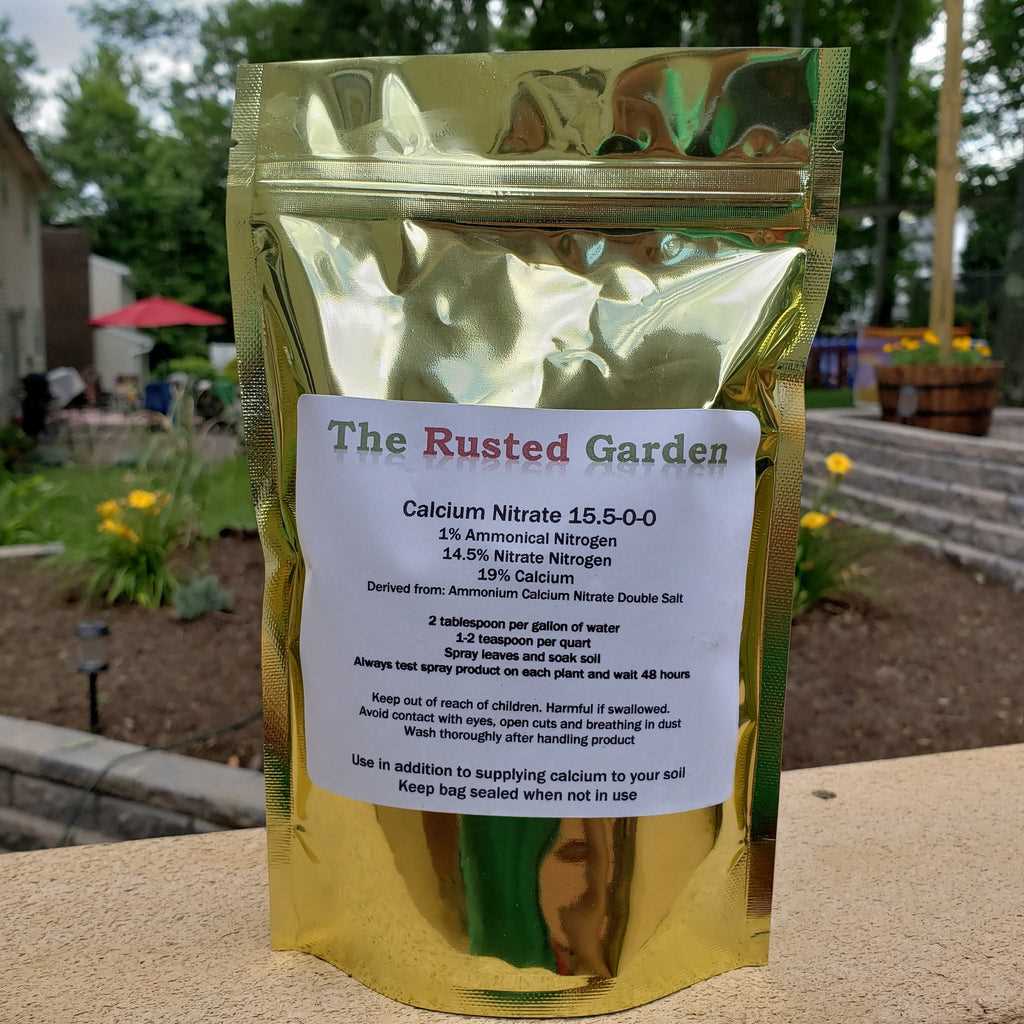
Calcium is a key component of the plant cell walls. It provides structural support, strength, and rigidity to the cells, enabling them to withstand physical stress and environmental pressures. Calcium strengthens the cell walls, making plants more resistant to diseases, pests, and damage caused by extreme weather conditions.
2. Nutrient uptake:
Calcium plays a crucial role in the uptake and transportation of other nutrients within the plant. It helps in the movement of nutrients from the roots to the shoots and leaves, ensuring proper distribution throughout the plant. Without sufficient calcium, plants may experience nutrient deficiencies, even if the nutrients are present in the soil.
3. Enzyme activation:
Many enzymes in plants require calcium as a cofactor for their activation. These enzymes are involved in various metabolic processes such as photosynthesis, respiration, and hormone synthesis. Calcium helps in activating these enzymes, allowing the plants to carry out essential functions necessary for growth and development.
4. Cell division and elongation:
Calcium plays a crucial role in cell division and elongation, which are essential for plant growth. It regulates the cell cycle and ensures proper cell division, leading to the formation of new tissues and organs. Calcium also promotes cell elongation, allowing plants to grow taller and establish a strong root system.
5. Disease resistance:
Calcium plays a vital role in plant defense mechanisms against diseases. It activates defense responses, such as the production of phytoalexins and reinforcement of cell walls, to inhibit the growth and spread of pathogens. Plants with sufficient calcium levels are more resistant to diseases, reducing the need for chemical pesticides.
Conclusion:
Calcium is an essential mineral for the healthy growth and development of plants. Its role in providing structural support, aiding nutrient uptake, activating enzymes, promoting cell division and elongation, and enhancing disease resistance cannot be overstated. Therefore, ensuring an adequate supply of calcium is crucial for maintaining the overall health and vigor of plants.
Role of calcium in preventing vertex rot
Vertex rot is a common physiological disorder in plants that affects the growing tips, or vertices, of fruits and vegetables. It is characterized by the development of dark, sunken lesions that can lead to the decay of the entire fruit or vegetable. Vertex rot is primarily caused by a calcium deficiency in the plant, which is essential for strong cell walls and proper cell function.
Calcium’s role in preventing vertex rot
- Structural support: Calcium plays a crucial role in forming and maintaining the structural integrity of cell walls. Adequate calcium levels ensure strong cell walls that can resist mechanical stress and cell expansion, reducing the risk of vertex rot.
- Transport and regulation: Calcium is also involved in various metabolic processes within the plant. It helps in the transport of other nutrients and regulates enzyme activity, ensuring proper cell function and growth. By maintaining the overall health of the plant, calcium reduces the susceptibility to vertex rot.
- Water management: Calcium plays a vital role in regulating water movement within the plant. It helps in maintaining a balance between water uptake and transpiration, preventing fluctuations in cell turgor pressure. This is essential for preventing the occurrence of vertex rot.
- Disease resistance: Calcium is known to enhance the plant’s natural defense mechanisms, making it more resistant to diseases and pathogens. By strengthening the plant’s immune system, calcium reduces the likelihood of vertex rot caused by microbial infections.
Implementing calcium fertilizers
One of the most effective ways to prevent vertex rot is to provide plants with a sufficient supply of calcium. This can be achieved through the application of calcium-rich fertilizers, such as calcium nitrate or calcium chloride. These fertilizers can be applied directly to the soil or sprayed onto the foliage of the plants.
Conclusion
Calcium plays a critical role in preventing vertex rot by providing structural support, facilitating nutrient transport, managing water balance, and enhancing disease resistance in plants. By ensuring an adequate supply of calcium, gardeners and farmers can significantly reduce the risk of vertex rot and maximize the yield and quality of their crops.
Types of calcium fertilisers
There are several types of calcium fertilisers that can be used to prevent vertex rot in plants. These fertilisers can help to increase the availability of calcium in the soil, which is essential for plant growth and development.
1. Calcium nitrate
One common type of calcium fertiliser is calcium nitrate. This is a water-soluble form of calcium that can be easily absorbed by plants. It provides both calcium and nitrogen, which are important nutrients for plant growth. Calcium nitrate can be applied directly to the soil or used as a foliar spray on the leaves of plants.
2. Calcium carbonate
Calcium carbonate is another type of calcium fertiliser that is commonly used in agriculture. It is a natural mineral that is often derived from limestone or chalk. Calcium carbonate can be ground into a fine powder and applied to the soil to increase its calcium content. It is slow-acting and provides a long-term source of calcium for plants.
3. Gypsum
Gypsum is a calcium fertiliser that is derived from the mineral calcium sulfate. It is often used to improve soil structure and reduce soil compaction. Gypsum can be applied directly to the soil or used in combination with other fertilisers. It can help to increase the availability of calcium and improve overall plant health.
4. Calcium chelates

Calcium chelates are a form of calcium fertiliser that is chelated with organic molecules. This helps to make the calcium more available for plant uptake. Calcium chelates are often used in hydroponic systems or in situations where the soil pH is not ideal for calcium uptake. They can be applied directly to the plants or added to the nutrient solution in hydroponic systems.
5. Organic sources of calcium
There are also various organic sources of calcium that can be used as fertilisers. These include bone meal, eggshells, and agricultural by-products. These organic sources of calcium provide a slow-release form of calcium that can help to improve soil fertility and plant health over time.
In conclusion, there are multiple types of calcium fertilisers available that can help prevent vertex rot in plants. The choice of fertiliser will depend on the specific needs of the plants and the condition of the soil. It is important to follow the recommended application rates and methods for each type of calcium fertiliser to ensure optimal results.
How to apply calcium fertiliser
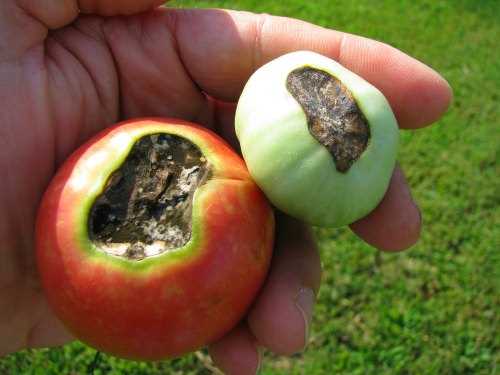
Step 1: Determine the appropriate amount of calcium fertiliser
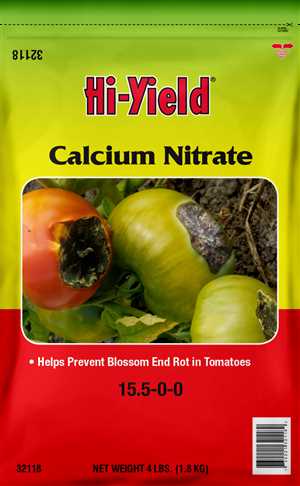
Before applying calcium fertiliser, it is important to determine the appropriate amount to use. This can be done by testing the soil for calcium levels or consulting a professional. The recommended amount may vary depending on the type of plant or crop being grown.
Step 2: Choose the right type of calcium fertiliser
There are different types of calcium fertilisers available, such as calcium nitrate, calcium chloride, and calcium carbonate. It is important to choose the appropriate type based on the needs of the plants and the specific soil conditions.
Step 3: Prepare the soil for application
Prior to applying calcium fertiliser, it is important to prepare the soil. This may involve loosening the soil, removing any weeds or debris, and ensuring proper drainage.
Step 4: Apply the calcium fertiliser
The calcium fertiliser can be applied either by broadcasting or by banding. Broadcasting involves spreading the fertiliser evenly over the entire area, while banding is the application of the fertiliser in a concentrated band around the plants.
Step 5: Incorporate the fertiliser into the soil

After applying the calcium fertiliser, it is important to incorporate it into the soil. This can be done by lightly tilling or raking the soil to mix the fertiliser with the top layer of soil.
Step 6: Water the plants
After applying the calcium fertiliser and incorporating it into the soil, it is important to water the plants thoroughly. This will help to ensure that the calcium is evenly distributed and absorbed by the plants.
Step 7: Monitor the plants
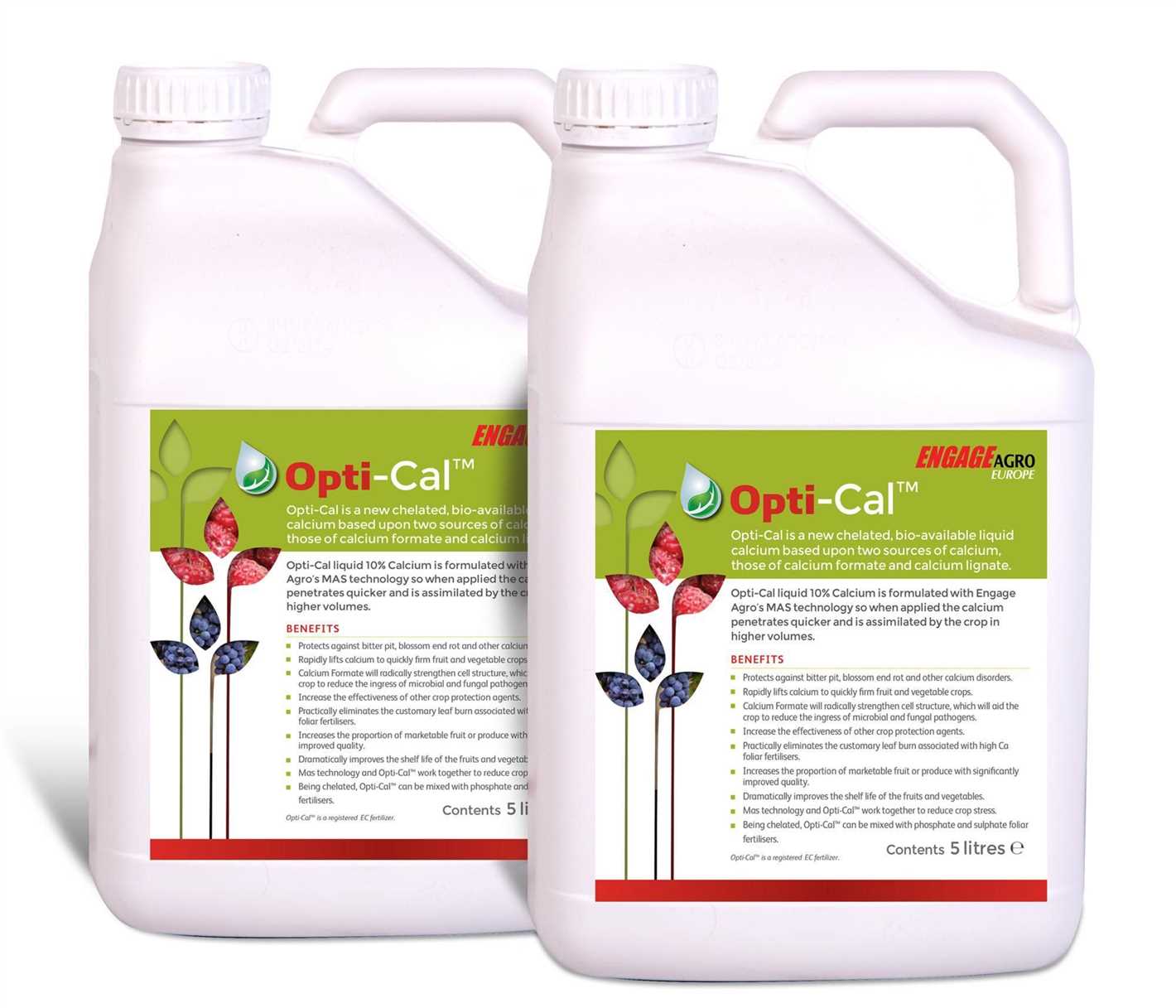
After applying calcium fertiliser, it is important to monitor the plants for any signs of improvement or changes in growth. Regularly check for any deficiencies or excessive calcium levels to make necessary adjustments in the future.
Step 8: Repeat application as needed
Depending on the specific needs of the plants and soil conditions, it may be necessary to repeat the application of calcium fertiliser at regular intervals. This will help to maintain optimal calcium levels and prevent any potential deficiencies.
Other methods to prevent vertex rot
1. Proper watering:
One of the main causes of vertex rot is over-watering. It is important to water your plants properly, ensuring that the soil is moist but not soggy. Over-watering can lead to poor oxygen circulation in the roots, making them prone to rotting. To prevent vertex rot, make sure to water your plants only when the top inch of soil feels dry to the touch.
2. Good drainage:
Having adequate drainage in your plant pots or garden beds is crucial for preventing vertex rot. If excess water cannot drain away, it can pool around the roots and promote rotting. Ensure that your pots have drainage holes and use well-draining soil to allow excess water to flow freely.
3. Avoid over-fertilization:
While calcium fertiliser can help prevent vertex rot, over-fertilization can have the opposite effect. Excessive amounts of fertiliser can lead to salt build-up in the soil, which can damage the plant’s roots and make them more susceptible to rot. Follow the recommended dosage and schedule for fertilizing your plants to avoid over-fertilization.
4. Proper air circulation:
Poor air circulation around your plants can create a humid environment that promotes vertex rot. To prevent this, avoid crowding your plants too closely together and prune any overgrown foliage to allow for better air flow. Additionally, avoiding overwatering and over-fertilization can help maintain optimal air circulation in the root zone.
5. Regular inspection:
Regularly inspecting your plants for any signs of vertex rot is important for catching it early and taking action. Look for wilting or discoloured leaves and check the base of the plant for any soft or blackened areas. If you notice any signs of vertex rot, remove the affected parts and adjust your watering and fertilization practices accordingly.
“Question-Answer”
What is vertex rot?
Vertex rot is a common physiological disorder in plants, where the growing tips of the plant become blackened and necrotic. It can be caused by various factors, such as nutritional imbalances or environmental stressors.
How can calcium fertiliser prevent vertex rot?
Calcium plays a crucial role in plant cell development and strength. When a plant lacks sufficient calcium, its cell walls become weak and prone to damage. By applying calcium fertiliser, you can ensure that the plants have enough calcium to support healthy cell growth and prevent vertex rot.
What are the symptoms of vertex rot?
The symptoms of vertex rot include blackening and necrosis of the growing tips of the plant. You may also notice stunted growth and wilting of the affected plant parts. It is important to identify and address vertex rot early to prevent further damage and potential spread to other plants.
Can vertex rot be caused by environmental factors?
Yes, vertex rot can be caused by environmental factors such as high temperatures, excessive humidity, or inadequate airflow. These conditions can create stress on the plants and make them more susceptible to vertex rot. It is important to maintain optimal growing conditions to minimize the risk of vertex rot.
How often should I apply calcium fertiliser to prevent vertex rot?
The frequency of calcium fertiliser application to prevent vertex rot depends on various factors, including the type of plant, soil pH, and calcium levels. It is recommended to follow the instructions provided on the fertiliser package or consult a horticulturist for specific guidelines tailored to your plants’ needs.
Are there any other methods to prevent vertex rot?
Along with calcium fertiliser, maintaining proper watering practices, providing adequate nutrition, and ensuring good airflow around the plants can help prevent vertex rot. Regularly monitoring the plants for signs of nutrient deficiencies or stress can also aid in identifying and preventing vertex rot at an early stage.
Can vertex rot spread to other plants in the garden?
Yes, vertex rot can spread to other plants in the garden if proper precautions are not taken. It is important to remove and dispose of infected plant parts, apply preventive measures such as calcium fertiliser, and regularly inspect nearby plants for any signs of vertex rot. This can help contain the spread and protect the overall health of your garden.







